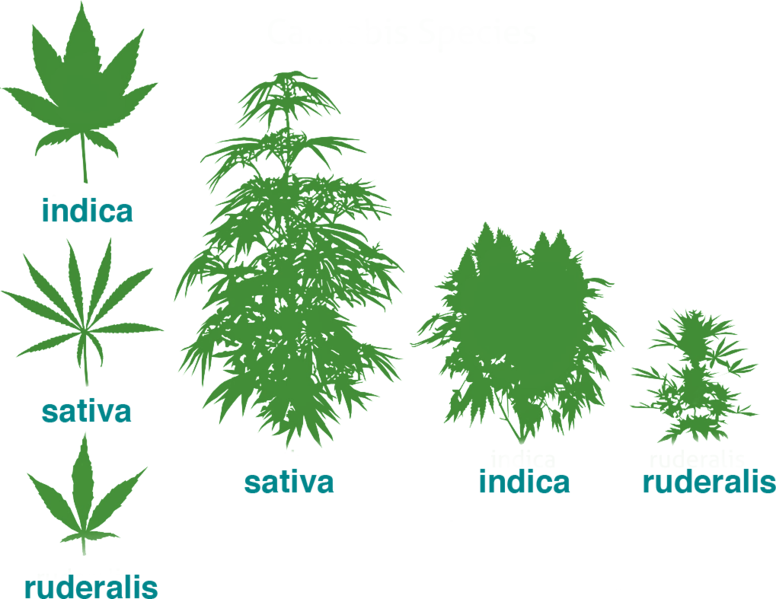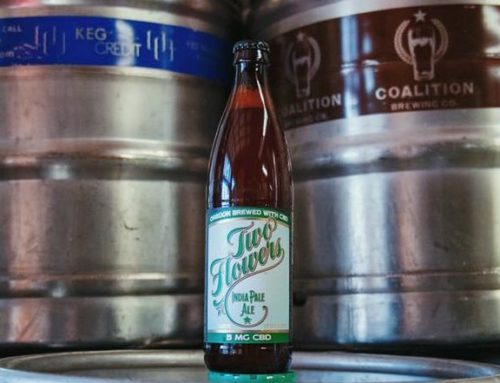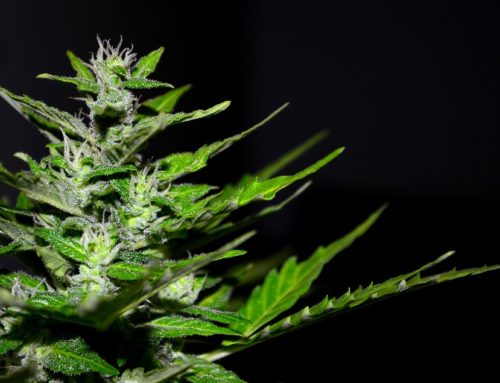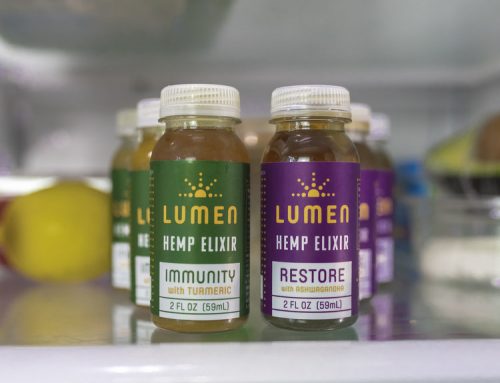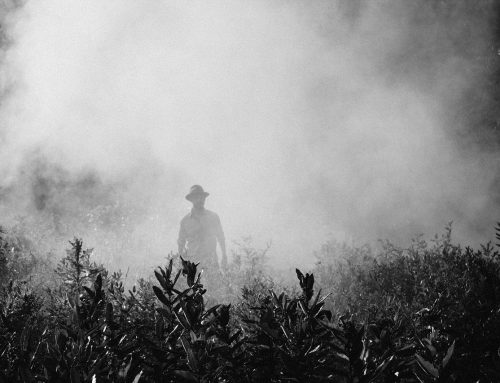Cannabis ruderalis is not exactly the star of the show when it comes to pot. There are three species of cannabis—sativa, indica, and ruderalis. Usually, the first two are the only ones grown for consumption. Cannabis ruderalis grows wild in cold climates, like parts of Russia and Northern Europe. It has a much shorter flowering period and is typically much smaller than its cousins, indica and sativa. And more crucially, it’s often lower in THC content than its more popular cousins.
Thus, many consider it the red-headed stepchild of the cannabis movement. No one is rushing to add ruderalis to their grow op. Well, until recently, that is. Growers are discovering many benefits of breeding cannabis ruderalis, and are beginning to unlock its potential.
Autoflowering is Amazing
Because cannabis ruderalis usually grows in harsh climates, it has a key trait that sets it apart from indica and sativa. While its cousins rely on the changing of the seasons to tell them when to begin flowering, cannabis ruderalis is autoflowering. This means that it begins flowering at a set stage in its life cycle, with no outside information needed.
Many growers see this regularity as a bonus, though some still prefer to control when their plants flower. Adjusting light cycles to keep them in their vegetative state for longer can generate bigger, more potent cannabis plants. However, for growers who are less invested in producing the absolute most amazing cannabis every time, autoflowering strains can be incredibly convenient. Just add water (and nutrients), and wait for your buds to appear!
Concealable Cannabis
Cannabis ruderalis’ other interesting trait is actually the very thing people overlooked it for: its size. Because it is small, it is perfect for home growers, who often have limited space. Or, depending on where they are, a need to conceal their cannabis garden. Typical dwarf cannabis ruderalis plants grow to about 50cm in height, so they are easy to hide.
Because they are also easy to care for, requiring only basic maintenance, growers can put their plants somewhere out of the way as well. It’s also worth noting that shorter, bushier plants are less prone to having their stems snap.
Healthy Yields
Because cannabis ruderalis plants flower on their own, seasonal changes don’t affect them. For outdoor growers, this means a year-round harvest. Outdoor growers often complain that it is difficult to match the yields of indoor growers, because they only get two or three good harvest periods, thanks to changing daylight. With ruderalis, you can plant your pot anytime you want, and you’ll be harvesting it in about 10 weeks. That’s about five harvests a year!
Ruderalis’s cold-hardiness also adds to it’s appeal for outdoor growers, particularly those in more northerly climates. While not super visible in the US, strains crossbred with ruderalis are fairly common at weed spots in Amsterdam. Thanks to ruderalis genetics, breeders and seed sellers offer plenty of autoflowering strains nowadays, often crossbred with popular conventional strains. Thanks to this crossbreeding, you could grow your own terpene-rich Lemon Haze outside, in the cold, and with little effort. And according to the Dutch Passion Seed Company, modern autoflowering strains have improved significantly.
Overall, cannabis ruderalis looks more and more attractive, as a species for commercial or personal cultivation. Cannabis ruderalis might be the “overlooked” species of cannabis, but people are finally recognizing its many benefits!

